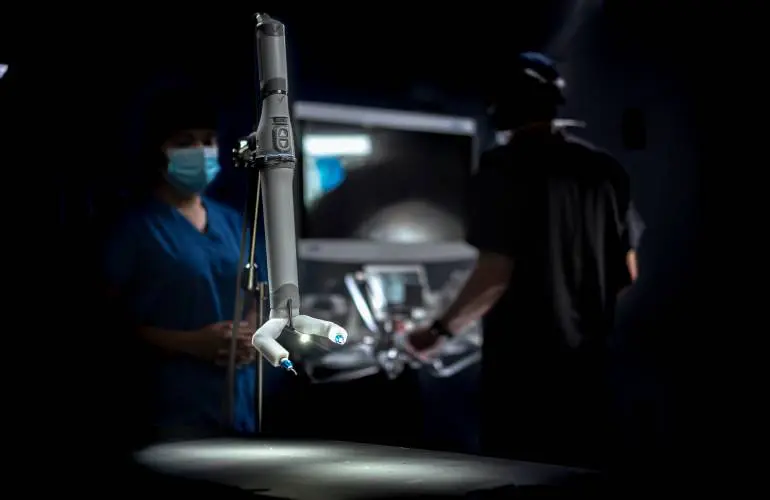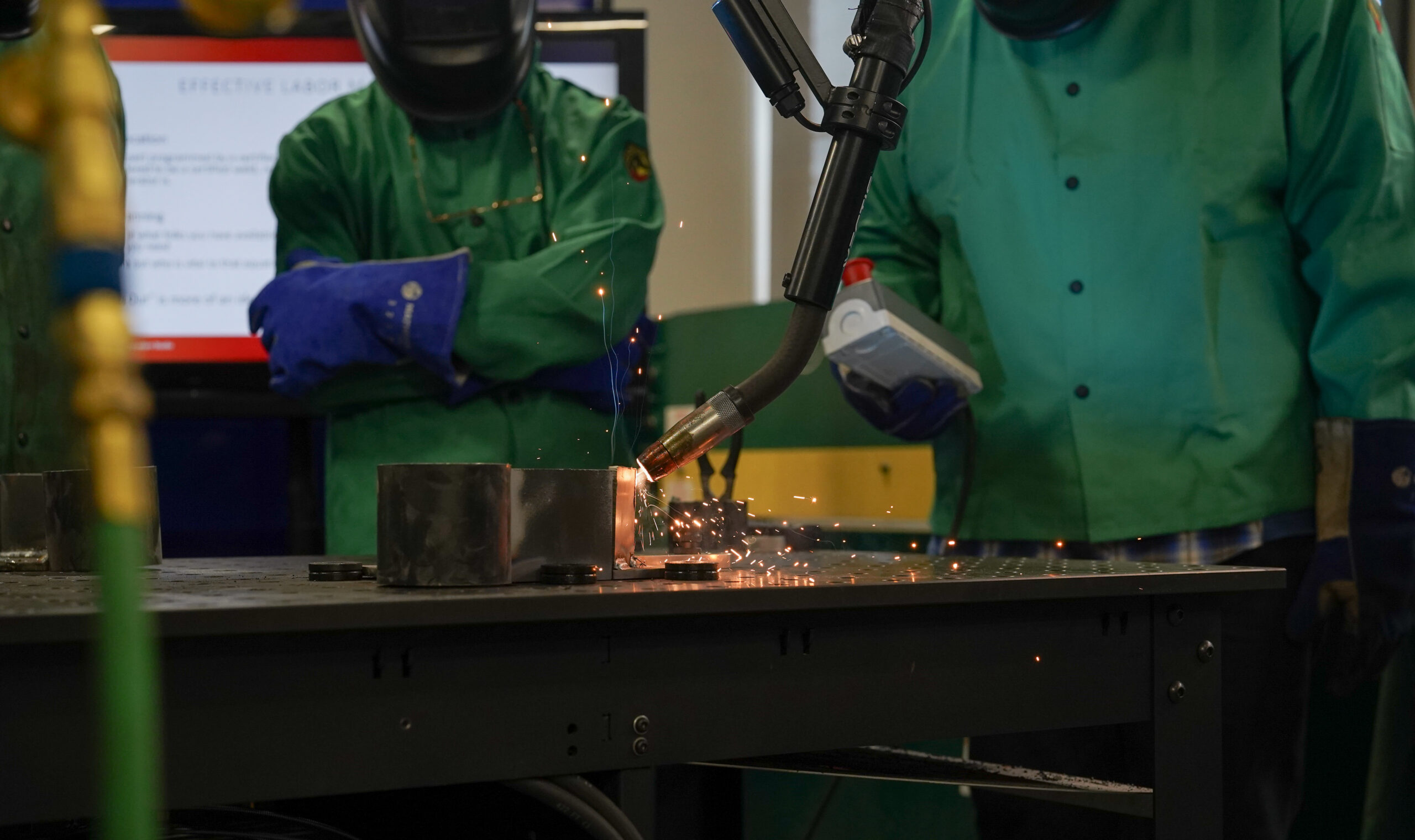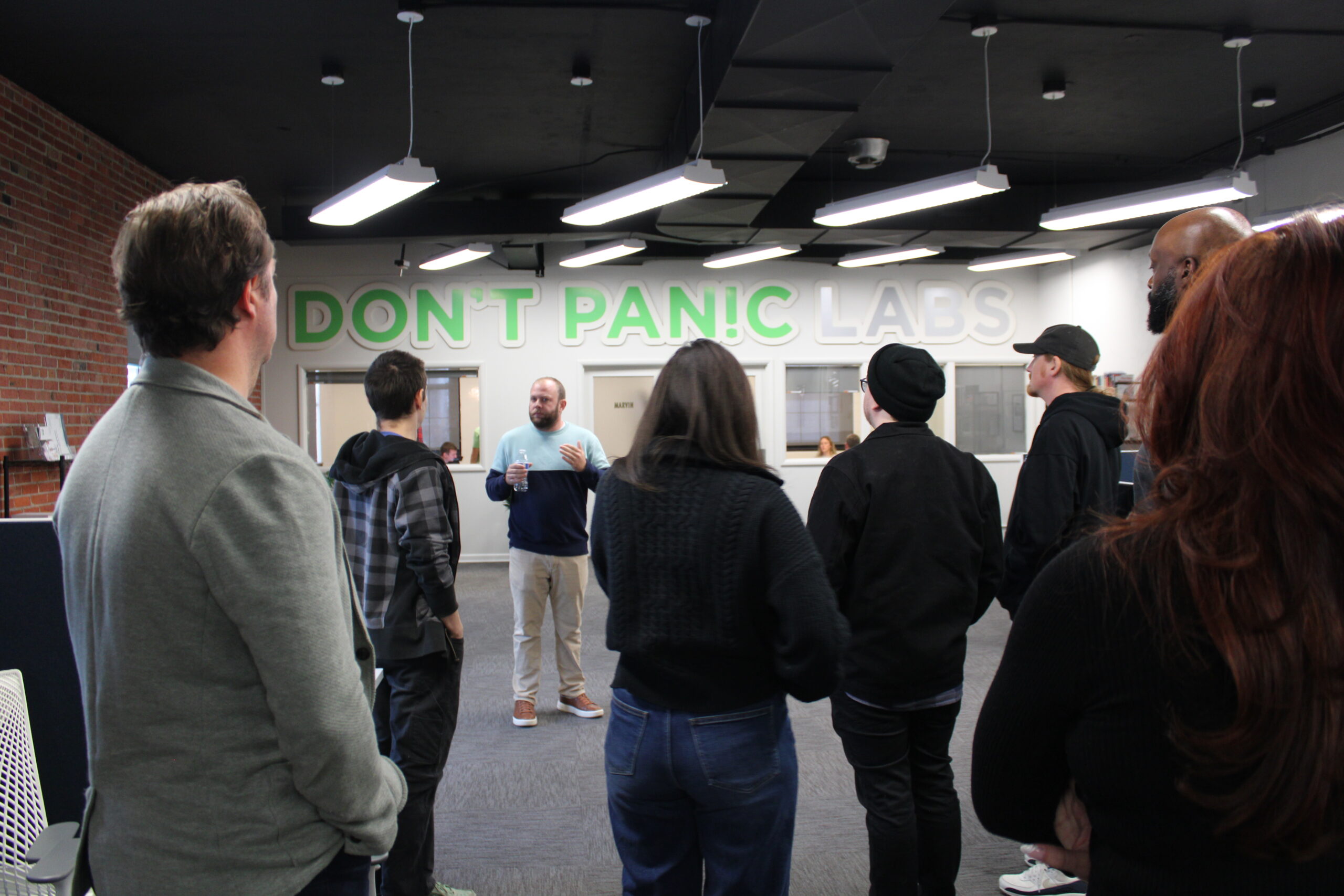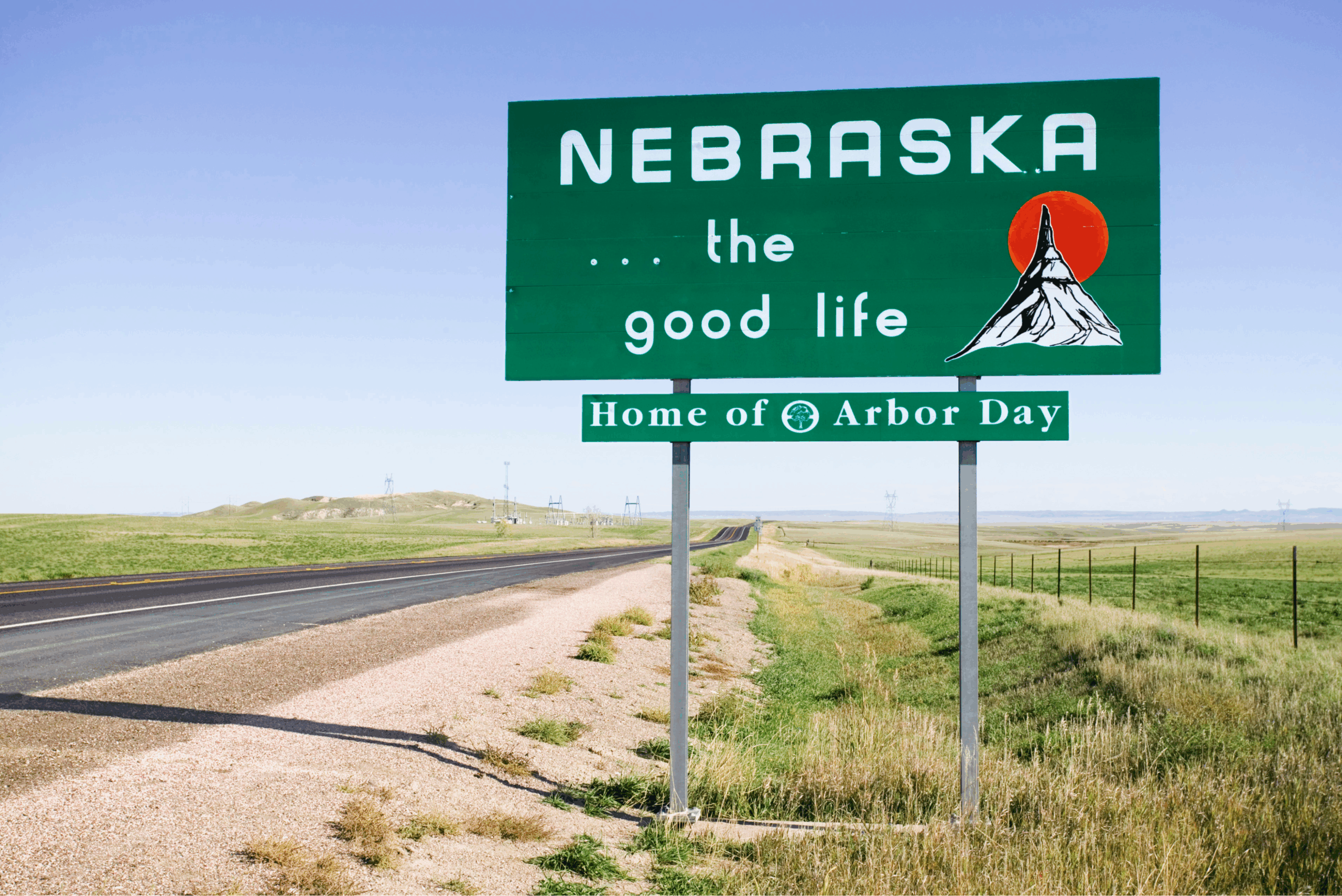The Heartland Robotics and Automation conference at University of Nebraska-Lincoln’s Innovation Campus brought together robotics leaders, educators and innovators to discuss the future of the robotics and automation industry. With a focus on workforce development, agriculture, and cutting-edge technology, the event highlighted transformative advancements and initiatives.
Here are five key takeaways from the event:
1. Addressing labor shortages with automation
Labor shortages in key industries, especially agriculture and manufacturing, were a recurring theme. Robotics and automation are being positioned as solutions to bridge the gap. From autonomous tractors to precision spraying systems, these technologies aim to make operations more efficient while reducing the burden on an overstretched workforce.
2. Robotics is revolutionizing agriculture
Innovative agricultural technologies centered the discussions, with startups showcasing groundbreaking solutions:
- Ecorobotix and Greeneye Technology is developing precision spraying systems that use cameras to target weeds and reduce chemical use.
- Carbon Robotics presented its laser-based weed control technology, which eliminates weeds without chemicals or soil disruption.
Autonomy in agriculture isn’t about replacing people — it’s about enabling efficiency and sustainability.
3. Surgical robotics breakthroughs
One of the event’s highlights was the story of the MIRA surgical robot, which was recently tested on the International Space Station (ISS). The robot performed surgical tasks autonomously and via teleoperation from Earth.
The MIRA system demonstrated how robotics can support human health in remote environments while tackling unique challenges such as microgravity and communication delays.

4. Empowering small towns with robotics
Robotics innovation isn’t confined to major cities. Small towns across the Midwest are benefiting from robotics clusters, which support local manufacturers and family-run businesses that are key to agricultural equipment supply chains. The rise of advanced equipment demands skilled labor in even the smallest communities.
“The bottleneck is people. We need talented laborers. We need talented salesforce that can understand how to run an effective machine shop, or to run an effective component supplier. You need to have the understanding of these skills for the future,” said Matt Foley of FMC Ventures. “If we think about how is this going to play out in the Midwest, there’s a huge opportunity here.”
By leveraging these opportunities, small towns are becoming vital players in the robotics ecosystem.
5. AI meets archaeology
Luke Farritor, talked about his experience in the realm of historical preservation with a presentation on using Artificial Intelligence to decode ancient Roman scrolls. These texts, buried during the eruption of Mount Vesuvius, were digitally unraveled using machine learning models.
The project, which combines neural networks and advanced scanning technology, has revealed 15 paragraphs of new Roman texts—a significant historical discovery.
The Heartland Robotics and Automation Conference is an initiative of the Heartland Robotics Cluster.



